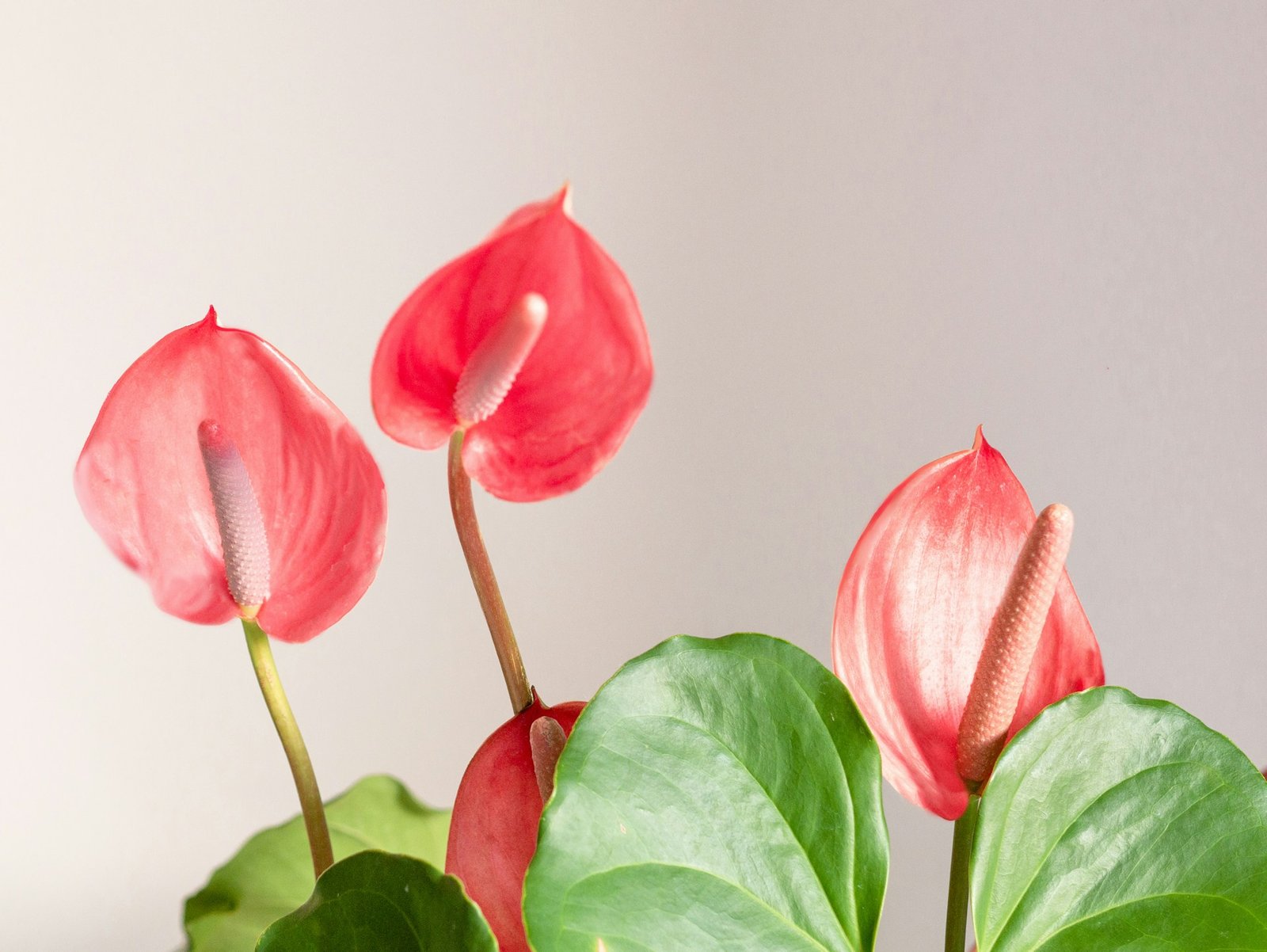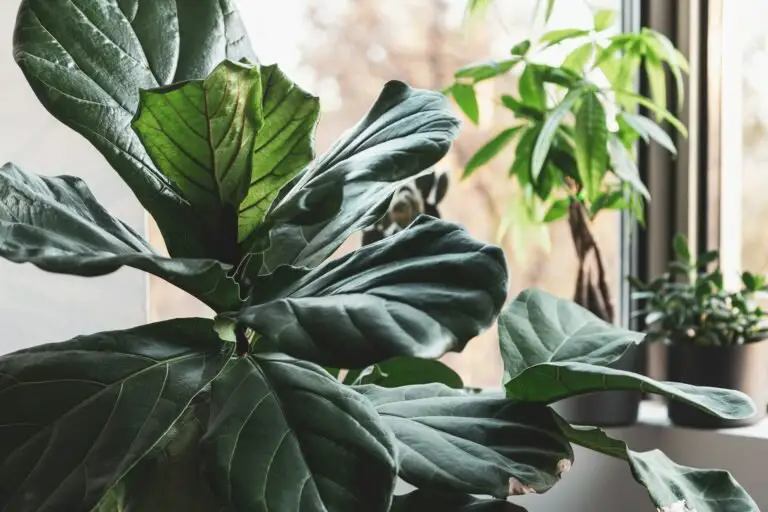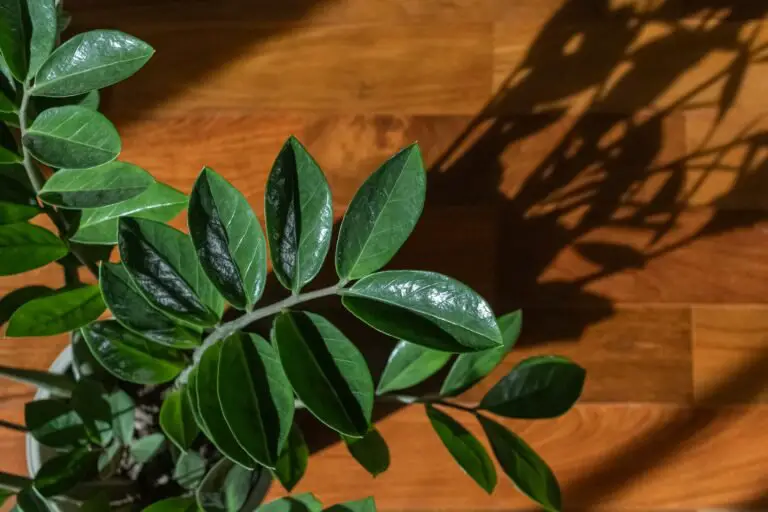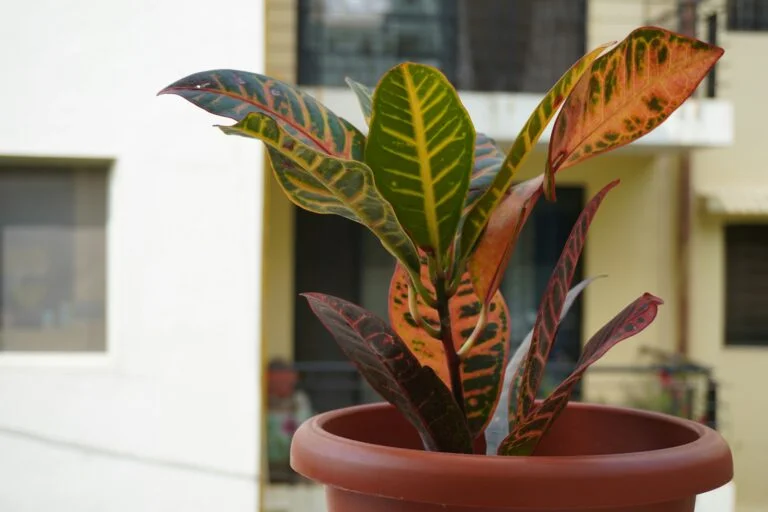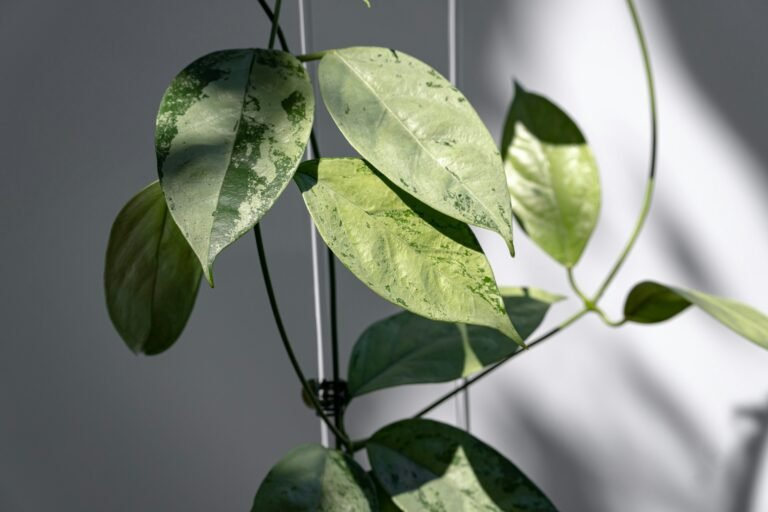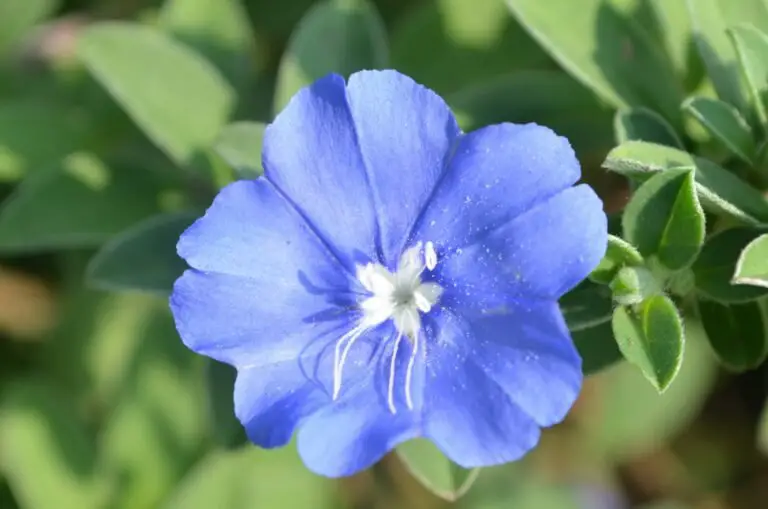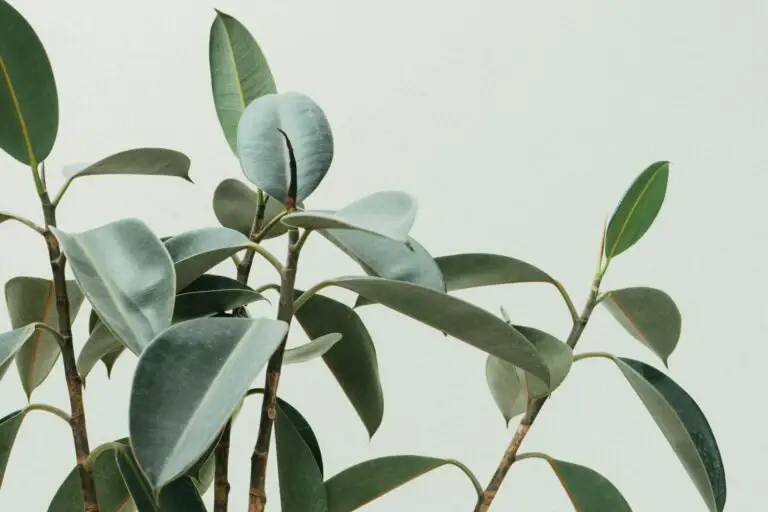Anthurium Plant Care: How to Keep Those Glossy Red Blooms Coming Back
Let’s get this out of the way: Anthuriums look fake. Like someone took a regular green plant, slapped on a plastic red flower, and called it a day. But nope — it’s all real. And it’s fabulous.
With their heart-shaped leaves and waxy, neon-bright spathes, Anthuriums are tropical divas that make a statement. They’re the perfect mix of high-impact looks and surprisingly manageable care — as long as you understand their (very reasonable) demands.
Here’s everything you need to know to keep your Anthurium blooming, glossy, and thriving like it just walked out of a designer jungle.
What Even Is an Anthurium?
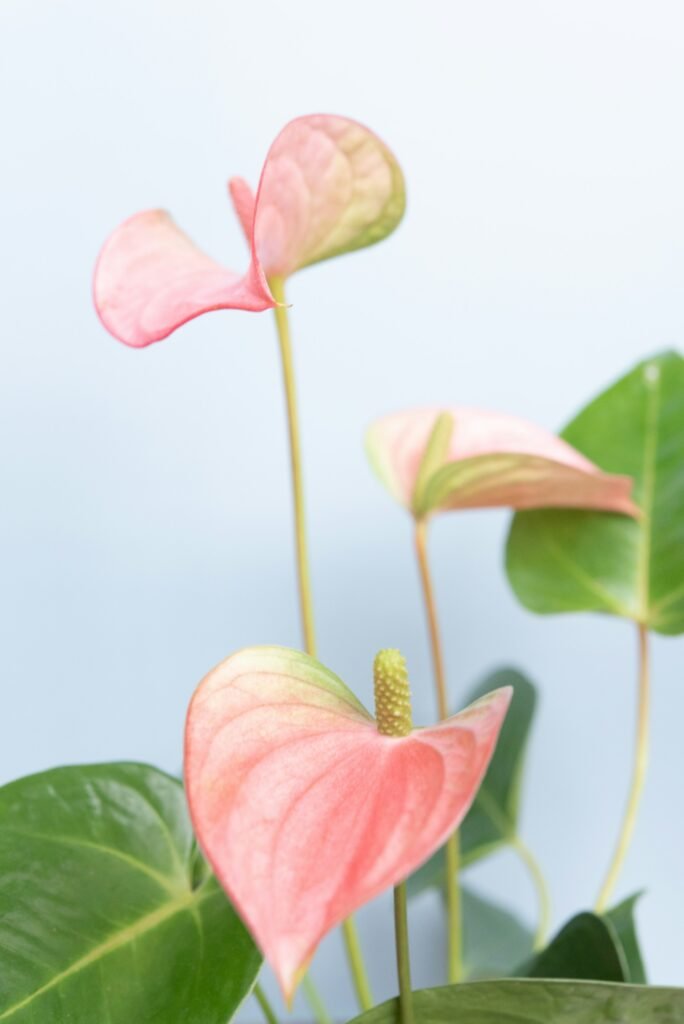
Anthurium andraeanum, a.k.a. the Flamingo Flower, is part of a massive plant family with over 1,000 species. But the one you’re likely growing indoors? That’s the tropical showoff with deep green leaves and bright red (or pink or white) spathes — those shiny, petal-like things that aren’t technically flowers. The actual flower? That yellow spike in the center called a spadix.
Botany lesson over. Let’s get into the good stuff.
Light: Bright But Not Brutal
If you want blooms, you need to bring the light. Not roast the plant kind of light, but bright, indirect sunlight.
Give it:
- A spot near a sunny window (east or west-facing is great)
- Filtered light — sheer curtains are your friend
- No harsh afternoon sun unless you enjoy crispy edges and regrets
Too little light = no blooms. Too much = leaf burn. Find that sweet tropical middle.
Watering: Moist but Not Mucky
Anthuriums love moisture, but they hate wet feet. Which makes them like most houseplants… just with a bit more attitude.
How to water:
- Let the top inch of soil dry out, then water thoroughly
- Always use a pot with drainage holes
- Reduce watering in winter (no one likes wet roots when they’re not growing)
Bonus tip: These guys LOVE humidity. If your air is dry, mist lightly or use a pebble tray. Or go full spa mode and pop them near a humidifier.
Soil: Light, Chunky, and Well-Draining
Anthurium roots want air — not suffocating, soggy potting mix.
Use:
- A mix of potting soil + orchid bark + perlite
- Or grab a pre-made aroid mix (great for Monsteras too)
- Avoid dense soils that hold too much water
Think: tropical rainforest floor — not swamp.
Fertilizer: Yes, but Keep It Chill
Want more blooms? Time to feed. But don’t go wild with the Miracle-Gro.
Feed it:
- Once a month during spring and summer
- Use a balanced, diluted fertilizer (20-20-20 works)
- No need to fertilize in fall or winter — let it rest
Overdoing it = salt build-up and leaf browning. Less is more.
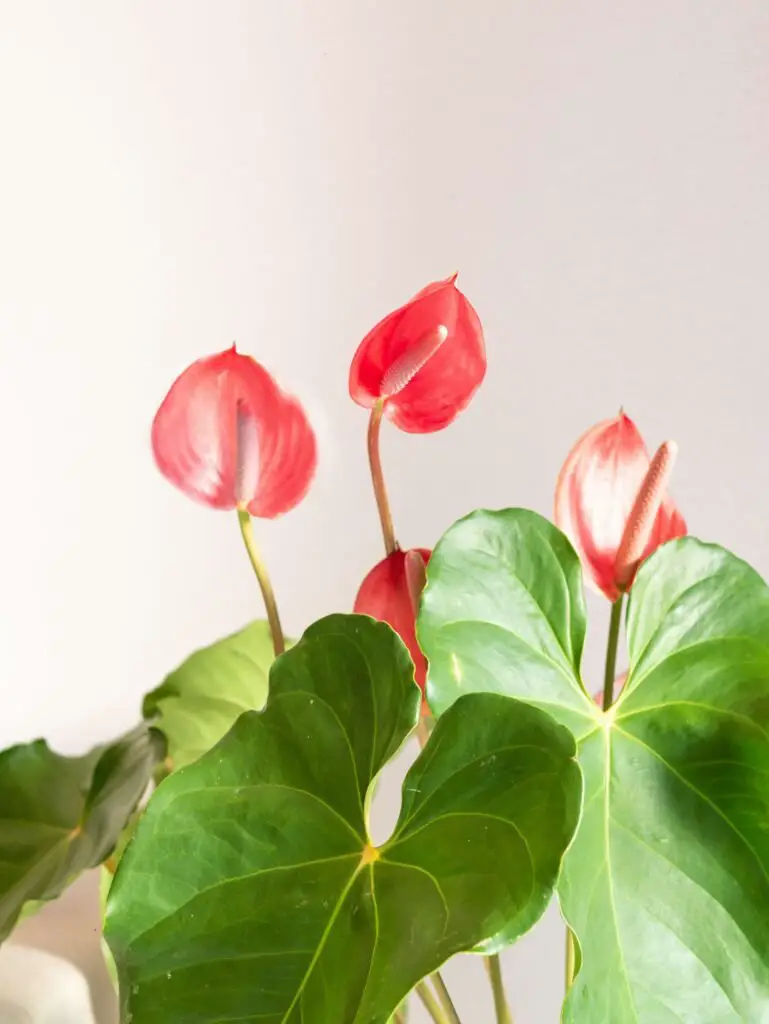
Bloom Tips: How to Get Those Spathes to Show Up Again
If your Anthurium is just sitting there looking leafy and not giving you those signature blooms, try this:
- More light — it needs bright conditions to flower
- Consistent feeding during growing season
- Humidity boost — 60%+ is the dream
- Repot every 2–3 years if it’s rootbound
- And… patience. It might only bloom a few times a year
When it flowers? The spathes last 6–8 weeks. It’s like getting fresh flowers that water themselves.
Common Problems (and How to Fix Them)
Yellow leaves?
Overwatering or old age. Check soil moisture and prune.
Brown tips?
Dry air, low humidity, or fluoride in your tap water. Use filtered water if needed.
No blooms?
Not enough light. That’s 90% of the problem. Maybe fertilize too.
Leaf spots or mushy stems?
Probably root rot. Let the soil dry, check drainage, and repot if it’s looking grim.
Final Thoughts
Anthuriums are the extroverts of the plant world: showy, glossy, always in full glam, and yet, surprisingly down-to-earth. If you give them bright light, humidity, and some regular attention, they’ll return the favor with long-lasting blooms that look straight out of a design magazine.
And hey — if a plant wants to flex a little with its shiny red spathes? Let it. It earned it.

